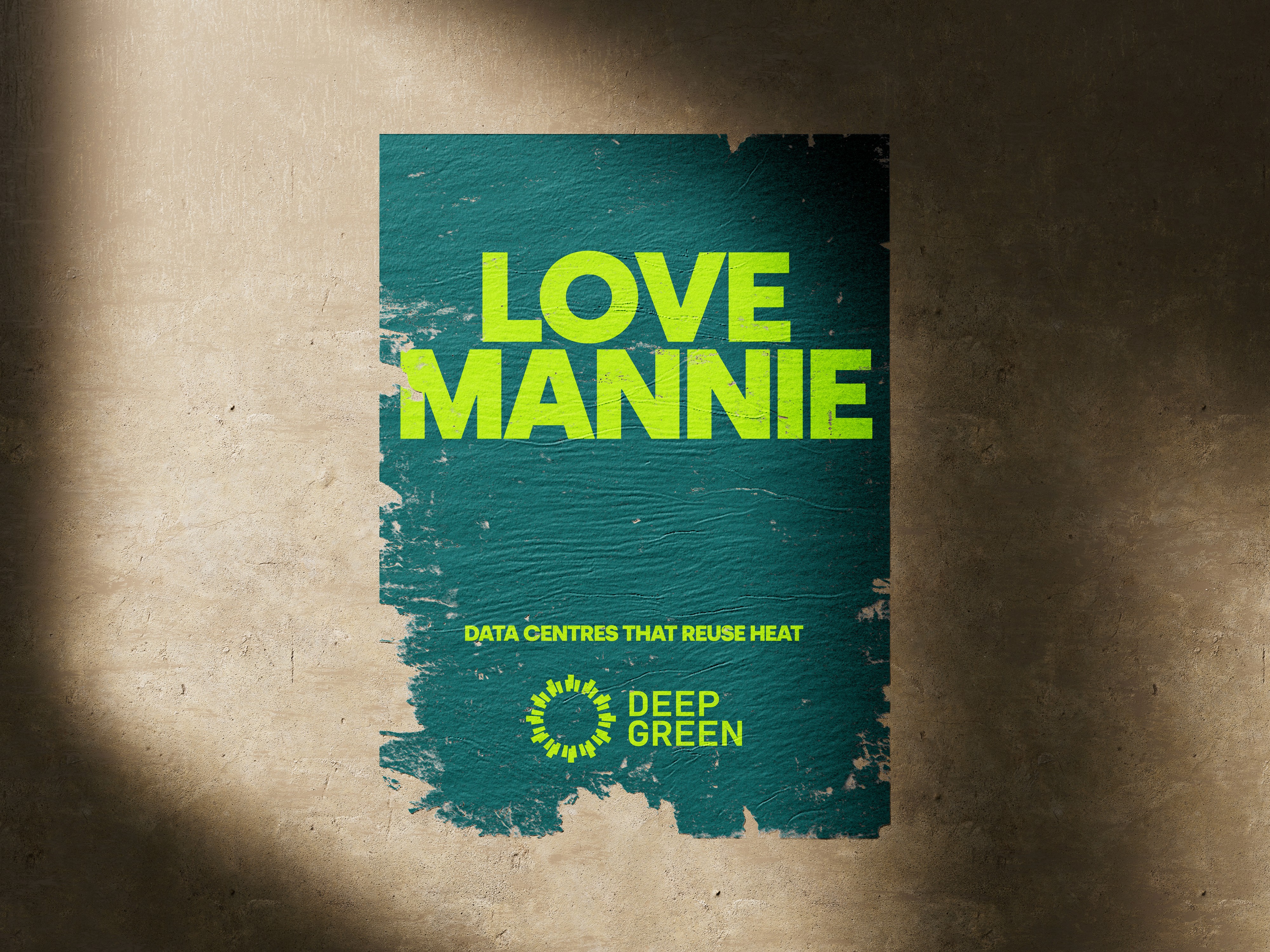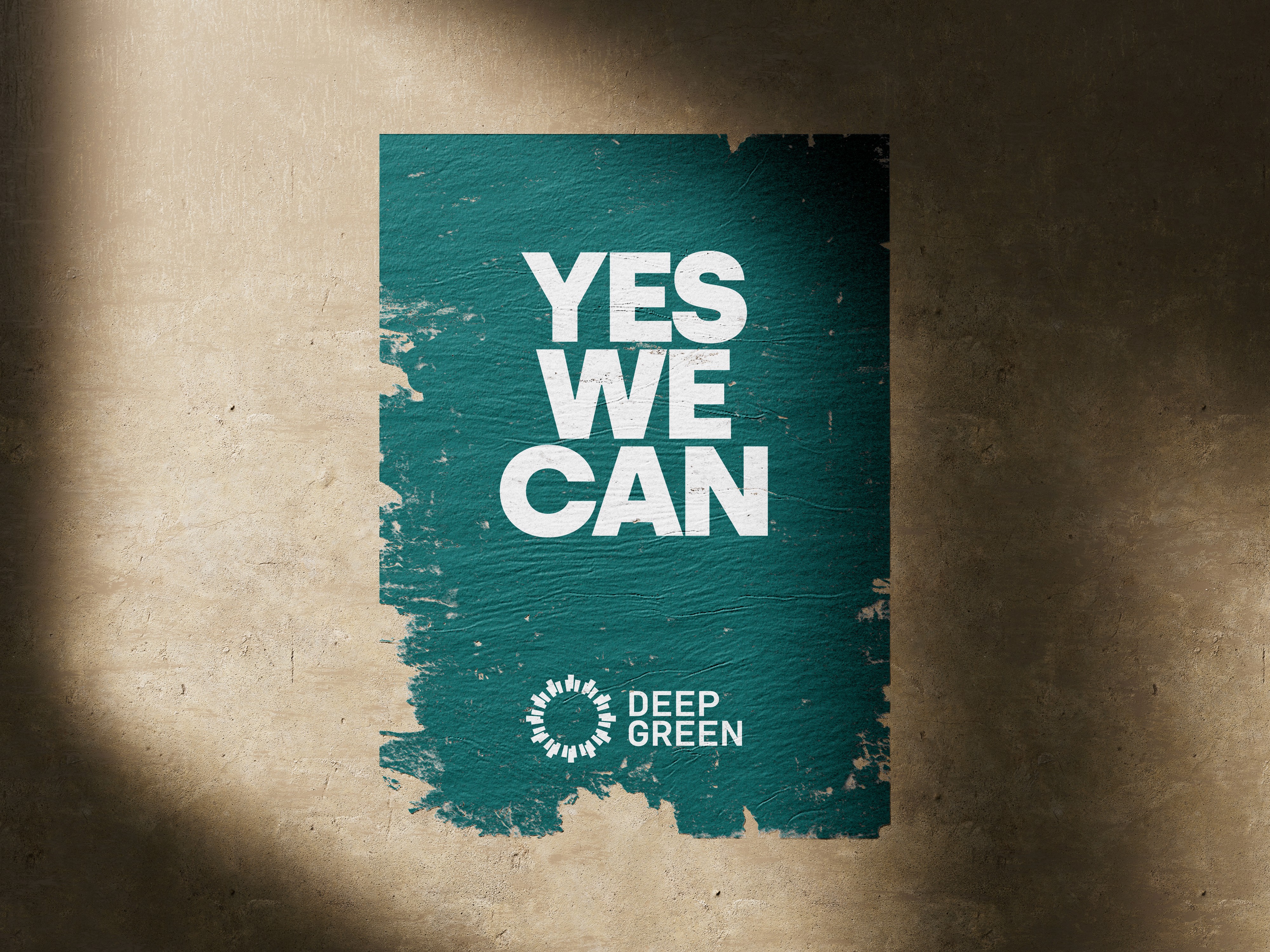
August 29, 2025
Matt Bagwell
Reframing the narrative
In the public imagination, data centres are sinister grey boxes that hoard electricity, drink gallons of water for every AI query, and then dump excess heat into the atmosphere. They’re often painted as the pariahs of the energy story in the press - both essential and yet unsustainable, the ‘dirty secret’ cost of our digital lives.
What if that narrative doesn't have to be true? What if the very thing that makes data centres seem wasteful - the heat they produce - could be the key to decarbonising our towns and cities?
We have argued this could be the case since our genesis. Instead of being out-of-town bunkers, data centres must be designed as the warm heat of an urban ecology: fully integrated into the communities around them, sharing resources, recapturing waste heat, and supplying clean energy to homes, public estates, and industry. In our vision, the data centre is not an energy villain, but a vital partner in building sustainable, carbon-light cities.
The language of systems
To understand why embedding data centres into communities matters, we need to start with systems thinking. At its simplest, systems thinking is about making the connections between things, rather than only considering the individual parts. Instead of treating energy, water, or computing as separate entities, systems thinking asks: how do these parts interact, and what happens when we design them to flow together?
This leads us to the concept of ‘industrial ecology,’ a field that studies the relationships between industry, society, and the environment. The driving principle of an industrial ecology is borrowed from nature: in natural ecosystems, nothing is wasted. Every output from one process becomes the input for another.
Industrial ecology takes its inspiration directly from biology. In nature, there’s no such thing as waste. A fallen tree becomes nutrients for fungi, which in turn enrich the soil for new growth. Coral reefs turn calcium and sunlight into vast, living structures that provide shelter and food. Every organism is part of a network, exchanging resources in cycles that keep the system alive. Nature has been running complex systems for billions of years without producing waste. That’s the insight behind biomimicry, championed by the American natural sciences writer Janine Benyus: if we design our technologies and economies like ecosystems, they can thrive without depleting their surroundings.
Industrial ecology asks us to design human systems in this way. Instead of linear “take-make-dispose” models, an industrial ecology focuses on circular flows: reusing energy, recycling materials, and turning one process’s by-product into another’s resource.
Yes, this is the premise of the idiom “One man's trash is another man's treasure.”
A classic example is the Kalundborg Symbiosis in Denmark. Here, power plants, farms, and factories share resources—steam, heat, water, and even gypsum from smoke scrubbers—so efficiently that the whole industrial park behaves like an ecosystem.
Watch the talk we recently hosted at a Beyond Good event from our friends, Bionex - a business who are turning heat into life, to produce high value biological compounds.
From Industrial Ecology to Urban Ecology
When we apply this thinking to the built environment, we start to see opportunities for ‘urban ecologies’ - districts, towns and entire cities designed so that communities, infrastructure, utilities, and industry operate more like natural systems. As part of an urban ecology , a Deep Green data centre is not a dark vault for servers, a soulless energy consumer; it becomes a generative heat supplier, stabilizing the grid, and contributing a valuable utility to neighbourhoods. The data centre’s “waste heat” isn’t wasted at all - it’s a resource, to be captured and channelled into homes, schools, or swimming pools.
Practically, this requires broadening our definition of what “utilities” means. It’s not just electricity and water anymore, but heat, materials, and even digital workloads. Councils need frameworks that allow waste heat to flow into district heating. Developers need to design with energy sharing in mind. And operators must stop seeing themselves as isolated facilities and start acting as neighbours.
Deep Green knows the technology to achieve an effective and efficient urban ecology already exists. The challenge - and opportunity - as we have experienced it, is to align planning, regulation, and business models with this systems mindset.
Decarbonising heat
Heat is one of the toughest problems in decarbonisation, and sustainable data centres represent a goldmine. Across the UK and Europe, councils are wrestling with ageing, gas-fired heating systems in their estate of schools, hospitals, offices and public spaces, and all while new data centres quietly release gigawatts of usable heat into the air.
The opportunity is obvious, at least to us: capture and redirect that heat. With exchangers, buffer tanks, and thermal storage, heat can become district heating for housing estates, hot water for swimming pools, or low-carbon energy for industry.
Whilst advanced projects in the Nordics already use data centre heat to warm entire neighbourhoods, we - the UK, that is - have a lot of catching up to do; only 2% of UK homes are connected to a district heat network. Some forward-looking UK councils have begun, most notably Trafford Council, who play host to our Greater Manchester data centre at move Urmston.
New systems thinking - and heat reuse - does benefit the public, and also the future of data centres operators too. We are under pressure to show that our infrastructure aligns with clients’ and Government net zero goals. Data centres cannot just appear to be green on paper, with tokenistic PPAs and carbon credits. Beyond the obvious environmental imperative to use the heat output of our operations responsibly, urban ecologies make affordable sense. Co-locating our technologies with others is a triple win, reducing carbon, increasing energy efficiency and unlocking financial viability. Decarbonising heat through symbiosis affords our industry the opportunity to shift from being environmental burdens to measurable partners in economic sustainability.
"Mutually beneficial integrated systems create the opportunity for efficiencies and cost savings not available with siloed design philosophies, unlocking technologies which are otherwise not practicable or financially viable."
Matt Craggs, Deep Green’s Chief Technology Officer
Conditions and coalitions - Why isn’t this everywhere?
If the engineering is so straightforward, why aren't urban ecologies the norm?
First, regulation. Few planning or utility frameworks require operators to capture and share heat. Without incentives - or obligation - most of our industry friends stick to simpler, siloed systems.
Second, legacy. It’s easier to maintain old heating boilers than to rethink infrastructure around shared resources. Councils are often cash-strapped, and “new system thinking” can seem risky compared to the status quo.
Third, silos. Data centre operators, councils, utilities, and developers rarely sit around the same table. Without shared goals, opportunities for collaboration are missed.
These barriers are not insurmountable. They require coalitions of the willing - operators prepared to be bold, councils ready to experiment, startups offering fresh models, and CTOs/CSOs who see sustainability as a competitive advantage. This is at the heart of what has been achieved in Manchester, York, Bradford and further afield.
In an era of AI and distributed workloads, this coalition is more achievable than ever. Compute can be shifted to where energy is available, and where heat is most needed. The compliments of the ecology are on the board; what’s needed is the strength of leadership to put the picture together.
A Call to Action — Build Urban Ecologies
“Fossil fuel heat sources still account for almost all of our heating needs. Our soils have less than 100 harvests left, there is 1000 billion tonnes of carbon dioxide in the atmosphere which shouldn’t be there - building industrial ecologies to reuse electricity turned into heat is no longer a nice to have - it's a (literally) a matter of life and death”
Mark Bjornsgaard, Deep Green’s Founder and Chief Innovation Officer
The imperative is clear: develop towns and cities systems such that data centres can be active contributors to climate and economic community resilience. Places where recaptured heat warms schools, drives industrial processes, and fuels greenhouses. Data centres where AI workloads are managed for performance and energy optimisation.
The positive outcome is twofold. For towns and cities, embedding data centres into urban ecologies helps slash carbon emissions and cut costs. For operators, it’s a chance to redefine the narrative - from pariah to partner, from consumer to contributor.
Whilst everyone loves a great story, this is more than “a PR campaign.” It’s systemic change. It requires a new mindset: designing infrastructure for singular functions, and for collective symbiosis. As Janine Benyus reminds us, in nature nothing goes to waste. Cities should be no different.
Our choice ahead, as users of computing, is simple: we can continue to vent heat into the sky, or we can circulate it through our communities, building the sustainable urban ecologies that the future demands.
Our North Star is clear: every design, build, and operation decision must aim to reduce and remove carbon, and use the outputs of one process as inputs to another.
Be generative. It’s in our nature.





